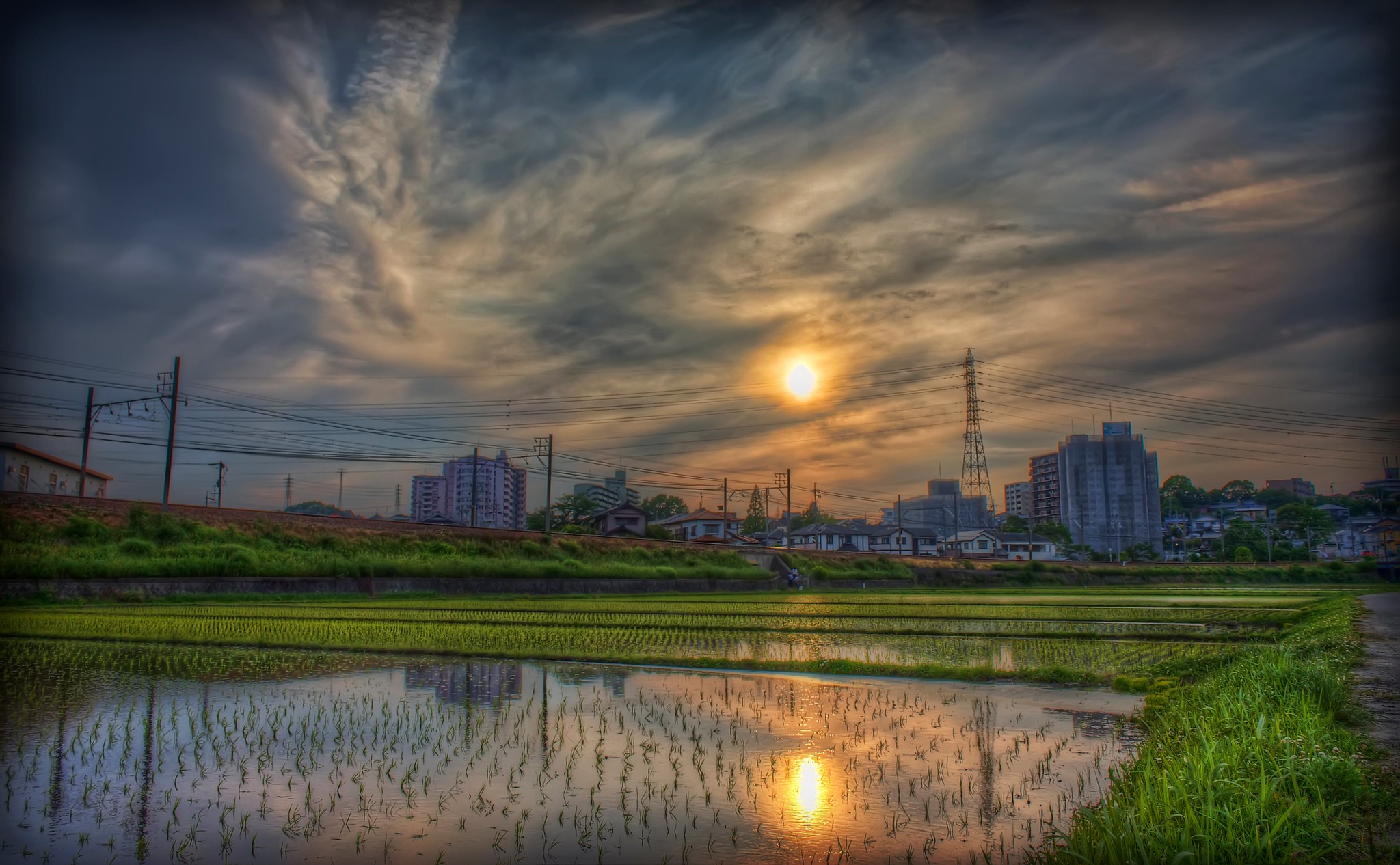“At the end of the day, it’s all about money. People weren’t getting into the solar business because they had strong opinions on energy,” says a restaurant owner in a small town in central Japan. The owner shrugs as he explains in detail an apathetic and sometimes hostile local attitude towards renewable energy.
Like a number of municipalities around the country, this township about 60 km south of Nagoya City, has its own unfortunate story related to solar development. That and gaps in local resources and knowledge about renewables are making it more and more difficult for developers to move forward with projects in rural Japan.
That bodes ill for the government’s 2030 climate targets. To meet internationally declared cuts in greenhouse gases, METI estimates that Japan needs to boost its operational solar capacity to 103-118 GW, from the current 66 GW. With other renewables unlikely to fill the gap near-term, reversing the malaise that’s descended on the solar sector is crucial.
The country needs a growth strategy that makes communities happy and allows operators to turn a profit, though working in the confines of the law. That’s the basis for a key advisory panel launched by the government. Its role is to be the peacemaker between renewables operators and communities. What challenges will the government’s experts need to tackle? For this special report, Japan NRG visited the nation’s auto industry heartland of Nagoya to speak with a community in conflict.

